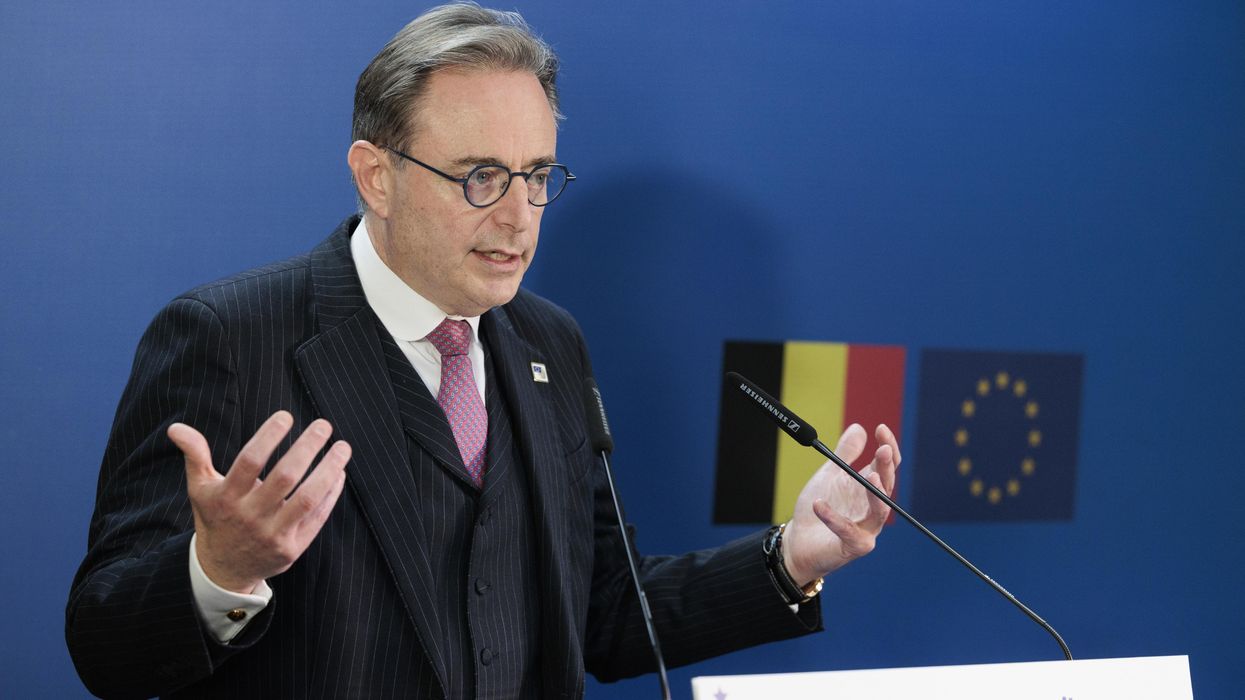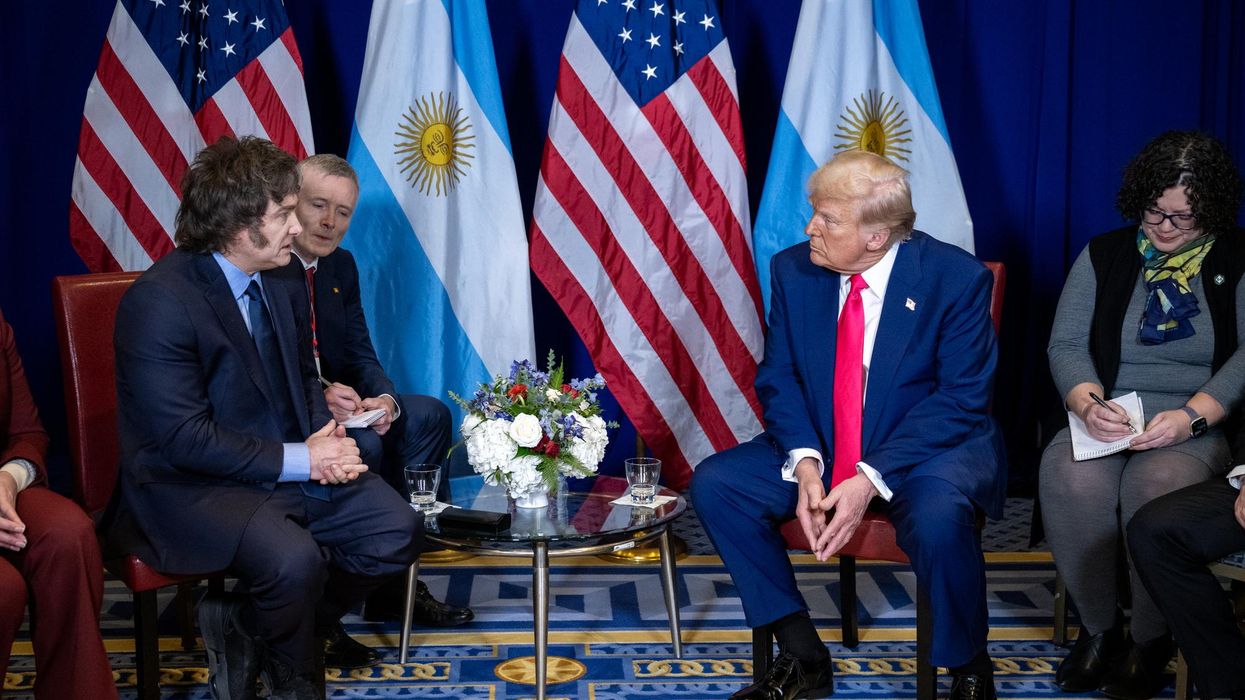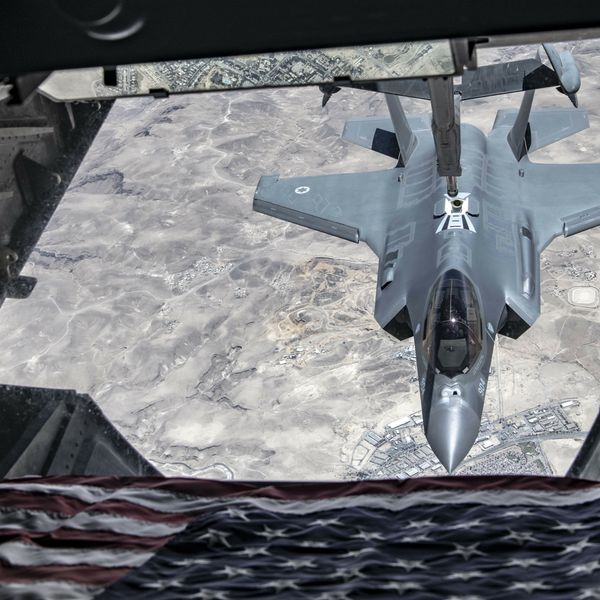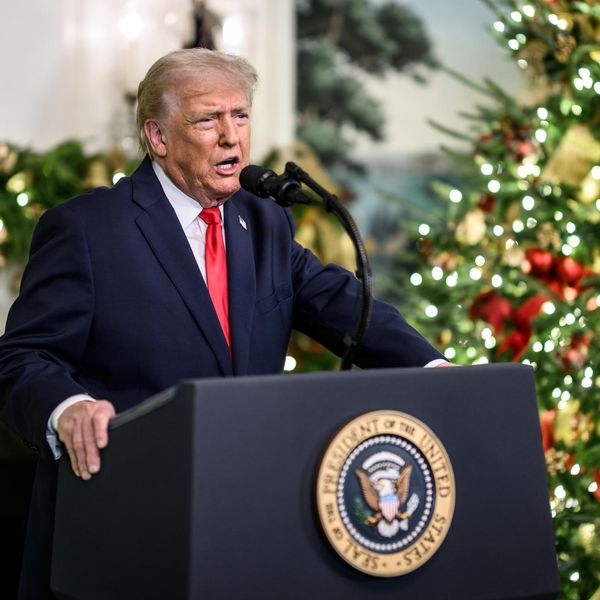UPDATE 10/4, 5 a.m. EST: Fumio Kishida was officially elected Japan's 100th prime minister in a parliamentary vote Monday.
Having won the leadership battle to head Japan’s ruling Liberal Democratic Party in late September, Fumio Kishida will likely emerge as the country’s next prime minister. While Kishida’s immediate task will be to ensure the LDP wins next month's parliamentary election decisively so that he can stave off the curse of revolving door prime ministers, Japanese leadership will come under ever more pressure now to define its relations with Washington, as well as with Beijing.
For the United States, having a politically stable Japan is a critical part of its own strategy in the Indo-Pacific. As a security treaty ally that was also instrumental in keeping the Trans-Pacific Partnership trade agreement alive even after Washington’s withdrawal, Tokyo has been steadfast in its support for the United States in its interests across the region, and that relationship has strengthened further with the emergence of the Quad as an anchor for regional cooperation.
That said, when it comes to foreign policy, there may be greater divergence in interest between Japan and the United States moving forward under Kishida’s leadership. Granted, as a former foreign minister from 2012 to 2017 under Japan’s longest serving Prime Minister Shinzo Abe, Kishida himself is a relatively familiar face within Washington’s Asia policy circle. But while Japan’s foreign policy under Abe had been defined by promoting strong relations not only with the United States but also China, Kishida will be increasingly pressured to align more with one side or the other amid ever-growing strategic competition between Washington and Beijing.
While one of Abe’s crowning achievements over his eight years in office was to maintain cordial relations with President Trump while improving relations with Chinese Premier Xi Jinping, the rapidly shifting dynamics in the region will require more from Japan to contribute to regional stability. As Abe’s foreign minister, Kishida has been deeply immersed in the longer-term vision of the Free and Open Indo-Pacific. With the emergence of the Quad as a force that binds the region’s biggest democracies together, coupled with greater European commitment to engage, expectations for Tokyo to play a stronger role in the frontline of taking a stance against China is rapidly rising. U.S. withdrawal from Afghanistan has certainly added to the assumption that Washington, too, will be more willing and able to concentrate its resources in this arena.
Yet Japan’s position regarding China may not align so neatly with that of the United States, not to mention Tokyo’s confidence in U.S. commitment to the region more broadly. The latest LDP leadership elections saw much debate over the possibility of Tokyo increasing its defense spending from a current cap of 1 percent of GDP. While this may be a welcome development in Washington, it is a sign that Japan — shared across the ruling LDP leadership, including Kishida — is growing wary of its dependence on the U.S. security umbrella.
Kishida’s immediate concern, though, will focus on domestic matters rather than on the Indo-Pacific. Winning the upcoming general election and keeping hold of power will be on the top of his list, together with dealing with the ongoing pandemic and its after-effects. But as volatility in the region increases and expectations for Japan to be a regional stabilizer rise, Kishida will have no choice but to respond swiftly with policies to strengthen Tokyo’s position. But Washington should not assume that Kishida will continue to be in lockstep with Washington as Abe had been in light of the shifting realities of the United States as much as China.
















